Discover the 7 paint colors designers regret most. Learn which shades make rooms feel smaller or stressful and what wall colors to choose instead for harmony.
Discover the 7 paint colors designers regret most. Learn which shades make rooms feel smaller or stressful and what wall colors to choose instead for harmony.
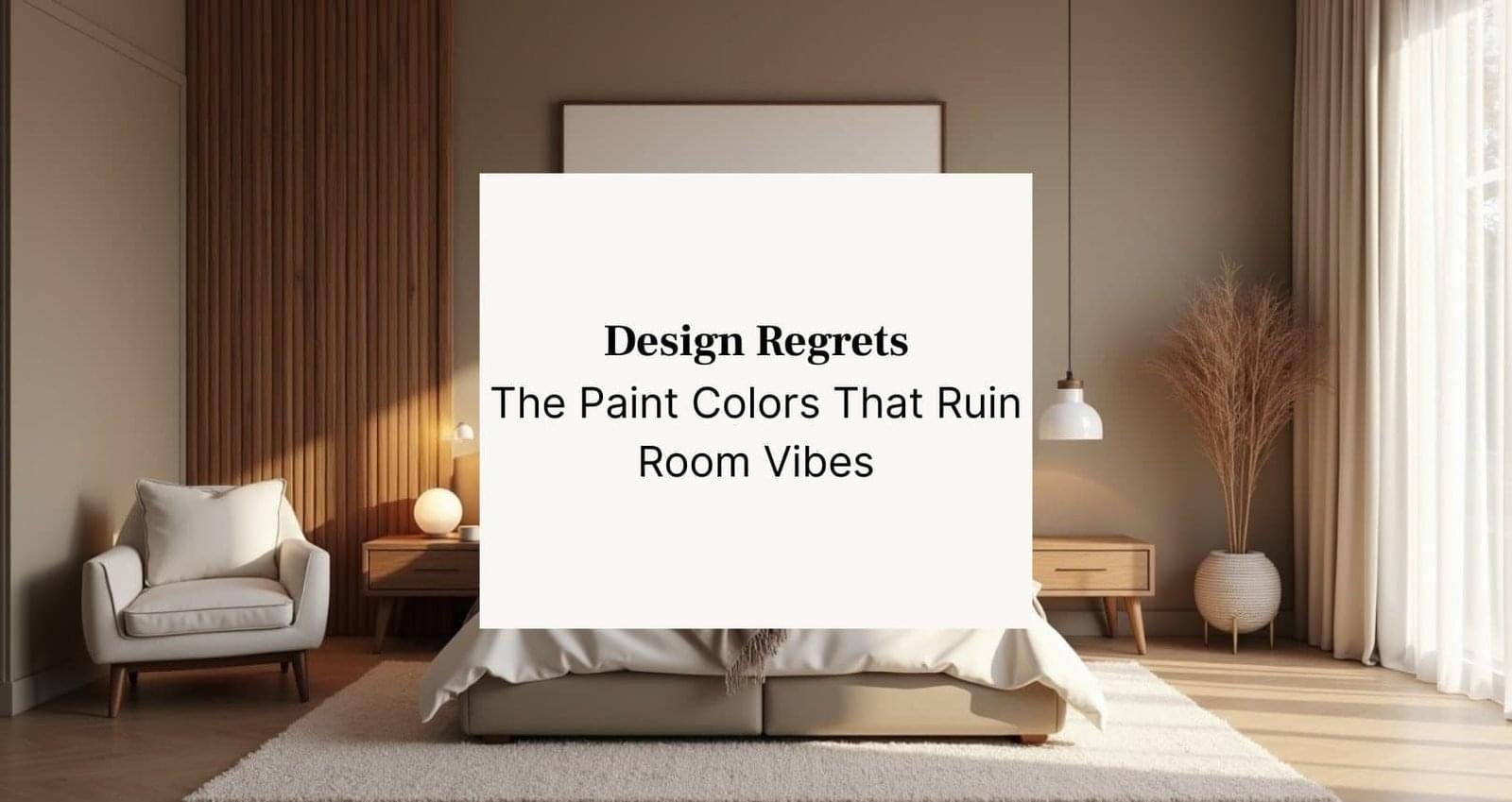
Discover the 7 paint colors designers regret most. Learn which shades make rooms feel smaller or stressful and what wall colors to choose instead for harmony.
Choosing the right paint color can completely transform your home. A well-chosen shade can make your living room feel larger, your bedroom more calming, and your kitchen warm and inviting. However, as many homeowners discover, some paint colors are beautiful on the swatch but disastrous on the wall.
According to top interior designers, a few hues are commonly regretted because they either overwhelm a space, clash with décor, or simply don’t age well. If you’re planning to refresh your home, here are 7 paint colors to avoid and expert-approved alternatives that bring beauty and balance instead.
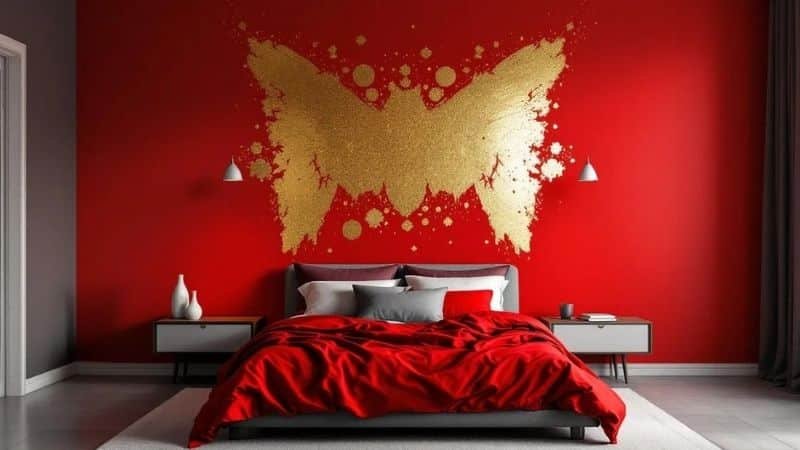
Red symbolizes passion and power, but when used on walls, it can easily turn from energizing to aggressive. Designers agree that bright red is one of the top paint colors homeowners regret.
This bold shade promotes restlessness, tension, and even irritability especially in bedrooms or living areas meant for relaxation. Instead, try deep terracotta, muted burgundy, or coral accents. These tones provide warmth without overwhelming the senses.
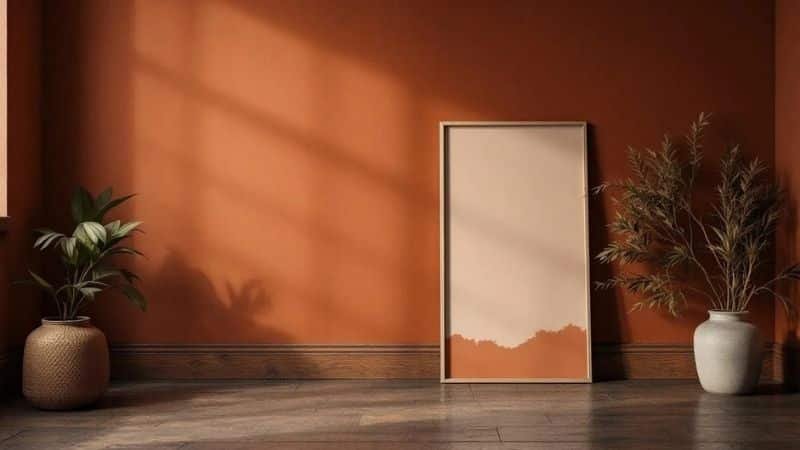
Earthy tones can make a space feel grounded, but rusty orange often does the opposite. It makes rooms appear darker, smaller, and sometimes even outdated.
Designers suggest softer shades like peachy beige or light terracotta. These hues maintain warmth while keeping your space bright and inviting a smart move for anyone exploring new interior wall colors.
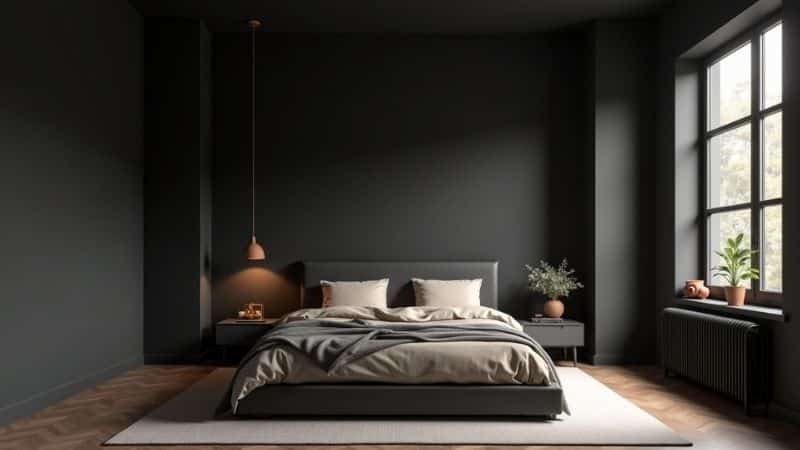
Black walls look stunning on Pinterest, but in reality, they absorb light and highlight every bit of dust and imperfection. While black can add drama in small doses, it often makes rooms feel closed in and high maintenance.
If you love the idea of a dark wall, opt for charcoal gray or deep navy. Both provide sophistication without the overwhelming darkness.
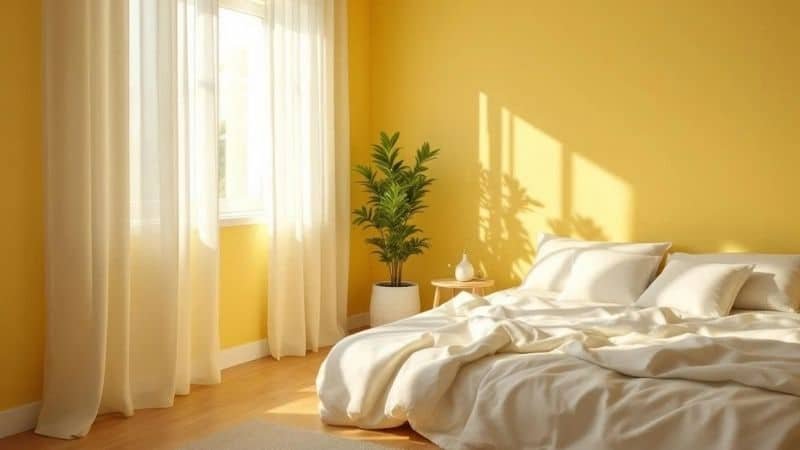
Yellow radiates cheerfulness, but that energy can quickly become overstimulating especially in bedrooms or study areas. Designers explain that bright yellow paint colors activate the mind and increase alertness, which makes it harder to wind down.
To strike the perfect balance, choose buttery pastels or creamy gold tones. These softer yellows deliver warmth and positivity without overstimulation.
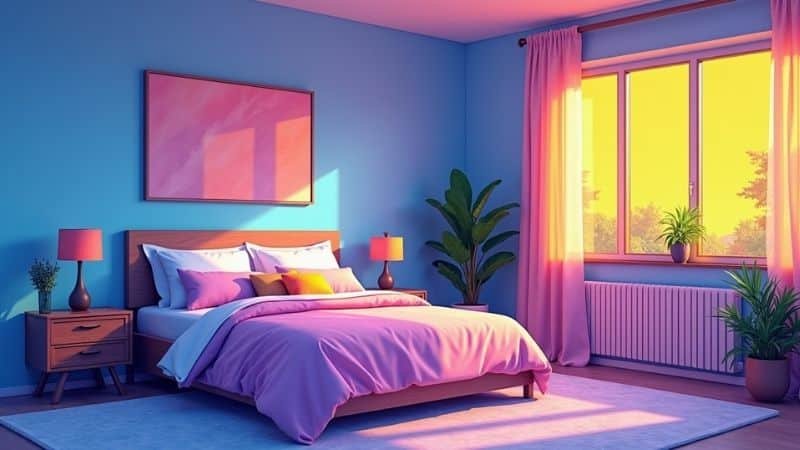
Neon pinks, greens, and oranges might look fun in theory, but they’re among the paint colors designers regret most. These bright tones bounce light harshly, create glare, and tire the eyes over time.
Muted or dusty versions of your favorite brights can still add personality while keeping the vibe balanced and livable.
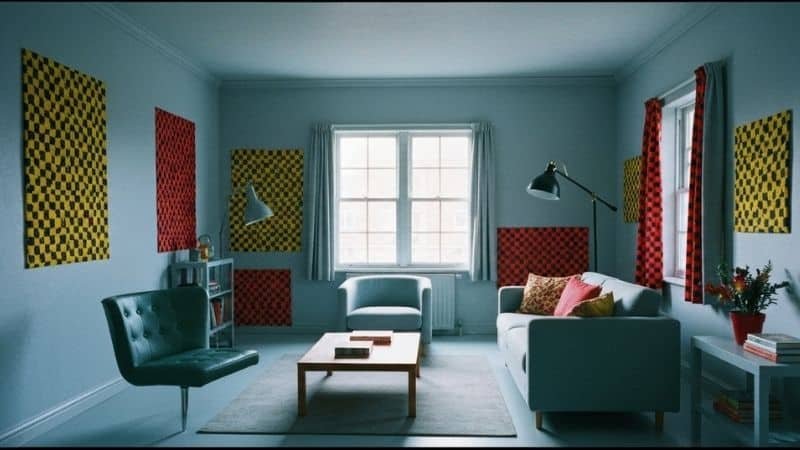
Gray dominated interior trends for years, but many homeowners now regret using it excessively. While it’s sleek and minimal, too much gray can make a home feel cold, sterile, and lifeless.
Designers now recommend greige, a blend of gray and beige or warmer neutrals that add depth and comfort without feeling dated.
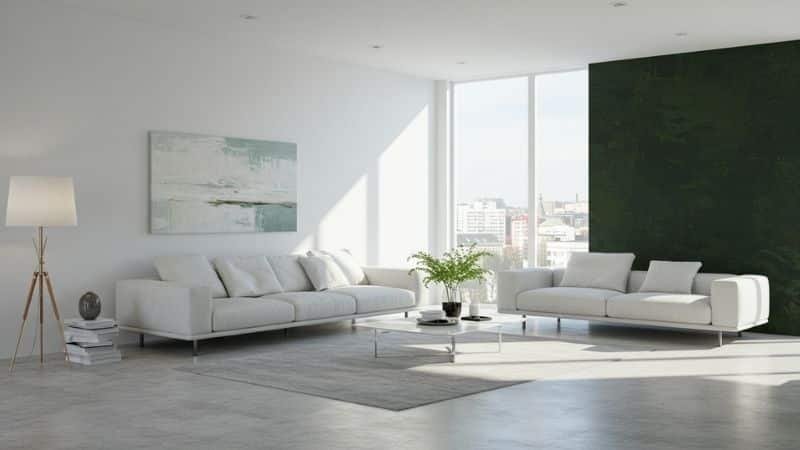
White walls look crisp in magazines but can feel too stark in real life. They highlight every smudge, shadow, and imperfection, creating a clinical atmosphere instead of a cozy one.
Try soft whites with a hint of cream or beige undertones for a timeless look that feels inviting rather than harsh.
Before painting an entire room, test your color under different lighting conditions. Natural light, artificial bulbs, and time of day can dramatically change how a color appears. Always sample two to three shades on your wall to see how they behave throughout the day.
Bright red, black, and rusty orange tend to make small rooms feel even smaller. Instead, choose light neutrals, soft blues, or warm whites.
Neon shades overstimulate the senses and can make spaces feel chaotic. Muted tones create a more relaxing and balanced environment.
While gray isn’t out of style, designers now favor warmer versions like greige to avoid the flat, cold look of traditional gray.
Soft whites, pastels, and light cool tones reflect more light, making a room appear larger and airier.
Paint is one of the easiest and most affordable ways to change your home’s mood but it’s also one of the easiest to get wrong. Avoiding these regrettable paint colors can save you both time and money, helping you create spaces that feel relaxing, harmonious, and timeless.
Remember, color should complement your lifestyle not compete with it. Choose shades that make you feel calm, comfortable, and inspired.
Also, Check out How Hydrogen Peroxide Makes Windows Shine post for shiny windows.